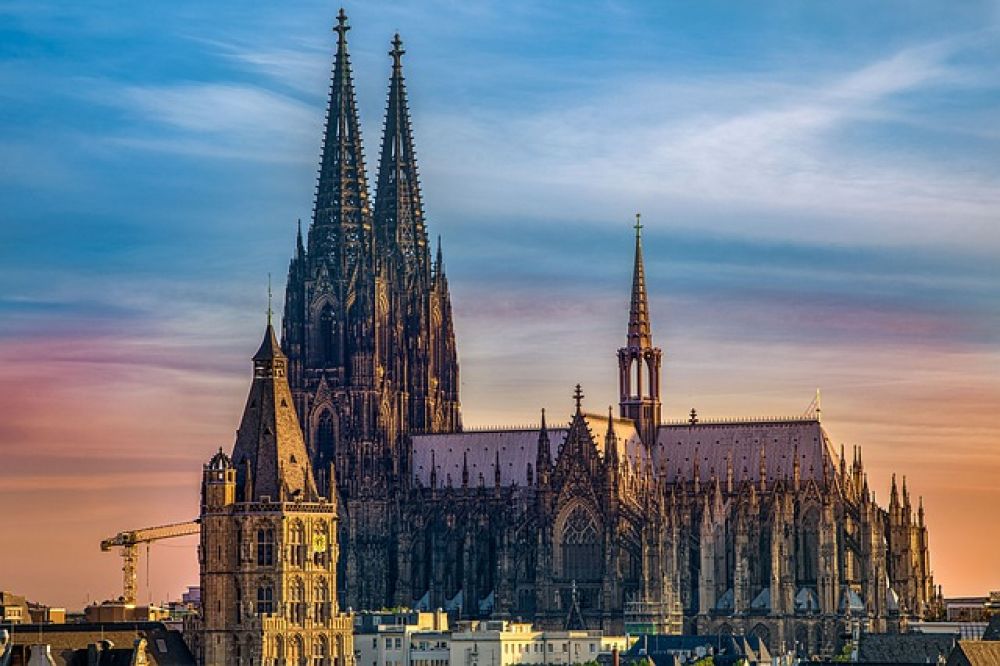

Cologne Cathedral, known as Kölner Dom in German, stands as one of the most significant Gothic architectural marvels in Europe. Since its commencement in 1248, the cathedral has attracted visitors and pilgrims from all over the world. Its intricate design, religious significance, and the art works within its walls have made it a prime destination for tourists seeking culture, history, and spirituality.
The history of tourism at the Cologne Cathedral is deeply intertwined with its religious importance. During the Middle Ages, it encapsulated the grandeur of Christianity and stood as an important site for pilgrimages. Tourism in the religious context has, therefore, been a component of the cathedral's history for centuries, with numbers increasing significantly after the relics of the Three Kings were placed there in the 12th century.
Even though construction halted for several centuries with the cathedral left unfinished, its mystique and partial stature continued to captivate the imagination of onlookers. When construction recommenced in the 19th century, this not only reinvigorated religious devotion but also stirred a renewed interest among those fascinated by its Gothic architecture and history.
The completion of the cathedral in 1880 led to a surge in visitors, with the awe-inspiring spires and grand façade becoming iconic symbols of Cologne. Modern tourism took a firmer shape in the 20th century, with the cathedral surviving the bombings of World War II and being recognized as a symbol of hope and resilience.
In 1996, Cologne Cathedral was designated a UNESCO World Heritage Site, which significantly boosted its international profile as a tourist destination. Today, it is not only a place of worship but also a cultural hub, attracting millions of tourists annually.
In recent times, the cathedral has embraced the digital age with the introduction of virtual tours and augmented reality apps, allowing people to explore its history and art from anywhere in the world. Sustainable tourism practices and crowd management techniques have also become important, ensuring the preservation of the cathedral for future generations.
Seasonal events, like the famous Christmas markets that take place at its footsteps, continue to be a major draw for tourists. The cathedral has also made efforts to be more inclusive, offering a variety of tours and educational programs tailored to diverse groups of visitors.
Cologne Cathedral remains a beacon of historical tourism, continuously adapting to the latest trends while maintaining its essence as a living monument. As it weaves the past with the present, it stands as an enduring testament to the cultural, architectural, and spiritual influence that still draws observers from all walks of life.